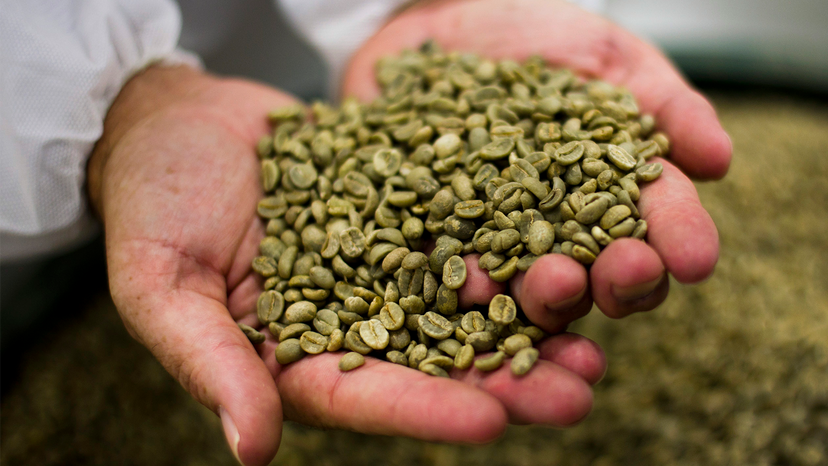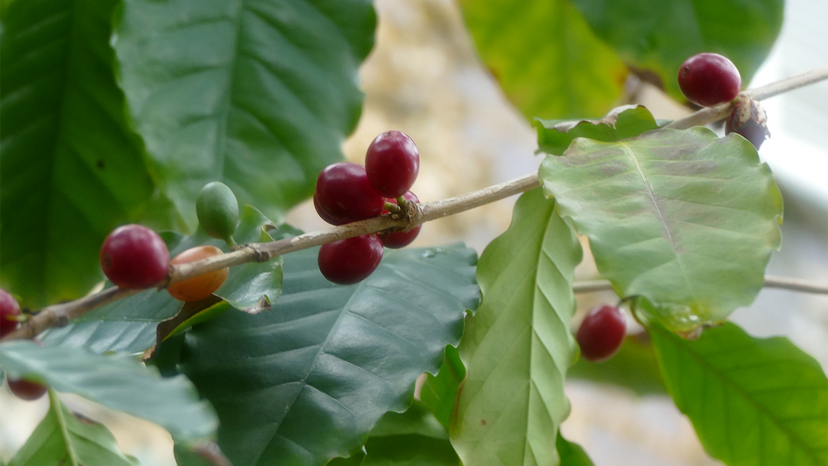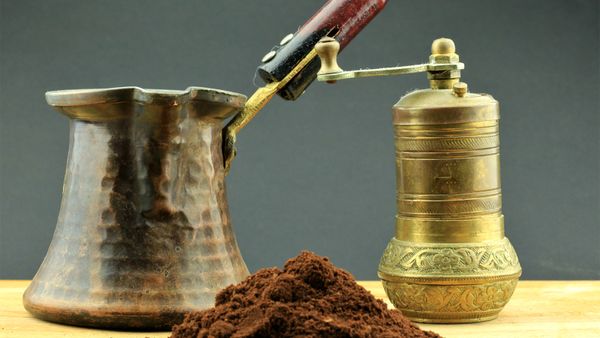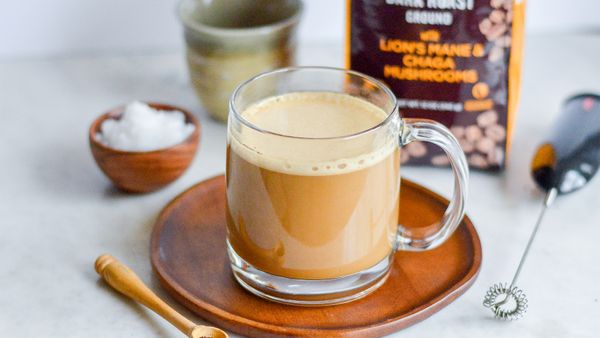
As a coffee enthusiast, you probably have your preferred bean and roast of choice. But what if you wanted to roast your own coffee at home? You'll need to start with green coffee beans. The fruit of the coffee plant has a very hard seed inside — the coffee bean as we know it is typically one half of that seed. The seed must be extracted from the cherry and then stored in burlap bags, as green coffee beans are highly sensitive to moisture and require storage that allows for air circulation.
Green coffee beans are raw seeds that have been processed but not roasted. The outer skin, pulp and inner skin have been removed, and the inner seed has been dried. Unroasted green bean coffee is incredibly bitter as the notes of the bean haven't been released yet through roasting. Think of it as a blank canvas since you can uncover precisely the flavor you want when roasting it.
Advertisement
As with any cooking technique, practice makes perfect. "You can make the same exact green coffee bean taste different by roasting it darker or lighter and in different time frames," says Kevin Langill, owner of Cool Beans Coffee Roasters in Marietta, Georgia, in an email interview. "If you roast a batch of coffee and it doesn't taste very good, try again."
So how do you start roasting your beans and enjoying that fresh cup of coffee every morning? It starts with buying the right beans.

Advertisement


